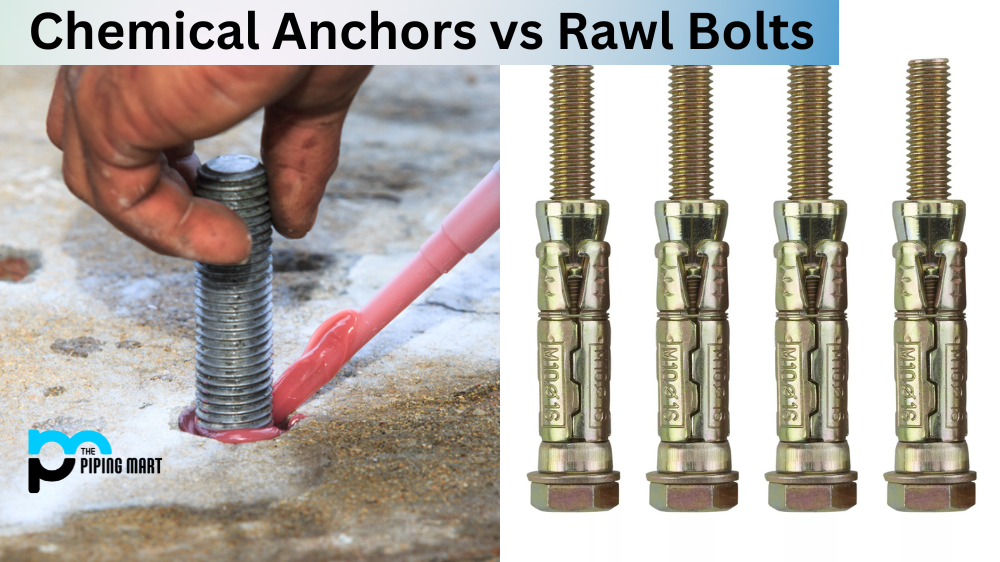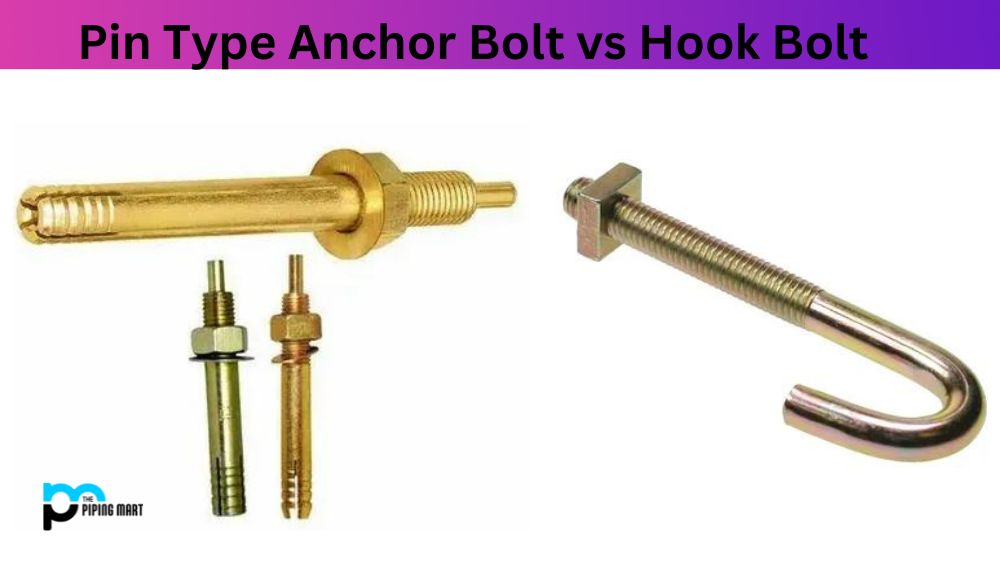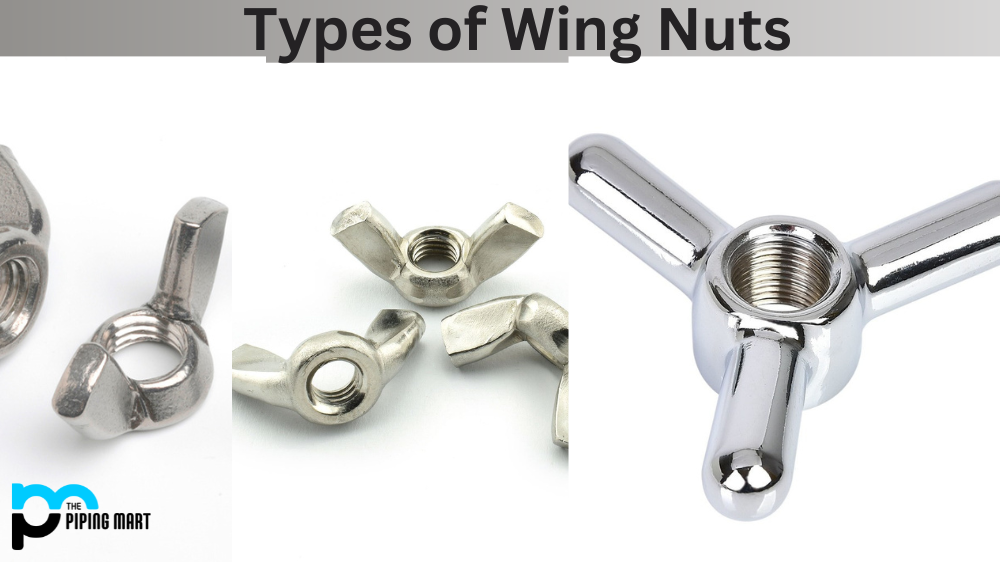If you’re a construction professional or handyman, you know that the right tools and components can make all the difference when it comes to getting the job done. Two popular types of fasteners are chemical anchors and rawl bolts. Both have their own strengths and weaknesses, so understanding the differences between them is essential for making the right choice. Let’s take a look at how these two fasteners compare.
Rawl Bolt
Rawl bolts are one of the most common types of fasteners used in construction projects. They consist of a metal bolt with a hexagonal head surrounded by an expansion sleeve, which is made from compressed clay-based material. The way this type of fastener works is relatively simple; when inserted into drilled holes in masonry, concrete or other materials, the expansion sleeve expands to create a secure hold against the sides of the hole. This makes them ideal for use in situations where speed and convenience are important because they are easy to install and provide secure holds without any additional components or special tools. However, raw bolts cannot be used on uneven surfaces or surfaces that require precise alignment since they rely on straight holes being drilled into the material.
Chemical Anchor
Chemical anchors are another type of fastener commonly used in construction projects, but they work differently than rawl bolts do. Instead of relying on an expanding sleeve to provide grip, chemical anchors use chemical adhesives that harden when activated by a catalyst (typically an acid) released by mixing two compounds together. This allows them to be used in situations where precision alignment is required since they don’t rely on drilled holes like rawl bolts do; instead, they create their own grip by bonding directly to whatever surface they’re applied to (provided that surface has been properly prepped beforehand). However, there is more room for error when using chemical anchors since incorrect mixing ratios can lead to weak bonds that won’t provide sufficient grip strength for some applications. Furthermore, unlike rawl bolts which can be easily removed if necessary, chemical anchors create permanent bonds that cannot be reversed without damaging whatever surface they were applied to.
Difference Between Chemical Anchor and Rawl Bolt
- Chemical anchors are made of metal and are inserted into a drilled hole in the concrete. The anchor is then expanded using a chemical reaction, which creates a strong bond between the anchor and the concrete.
- Rawl bolts are also made of metal and are inserted into a drilled hole in the concrete. However, rawl bolts are expanded using a mechanical expansion process, which does not create as strong of a bond as chemical anchors.
- Chemical anchors are more expensive than rawl bolts.
- Chemical anchors are more difficult to install than rawl bolts.
- Chemical anchors are more likely to fail than rawl bolts.
- Rawl bolts are more likely to loosen over time than chemical anchors
Conclusion
In conclusion, both rawl bolts and chemical anchors are valuable tools for construction professionals and handymen alike. When choosing between these two fasteners for your project, it’s important to consider what kind of hold strength you need as well as how much time and effort you’re willing to expend during installation/removal procedures; rawl bolts are great for quick installations while chemical anchors offer greater precision but require more time and effort overall. Ultimately it comes down to personal preference—what works best for one person may not work best for someone else!

Abhishek is a seasoned blogger and industry expert, sharing his insights and knowledge on various topics. With his research, Abhishek offers valuable insights and tips for professionals and enthusiasts. Follow him for expert advice on the latest trends and developments in the metal industry.




